Again in December of 2022, I began a sequence taking you on a excursion of the Perses challenge. Those articles coated this moderately new open dashboard and visualization challenge concentrated on cloud-native environments. I used a getting began workshop to lead you thru this sequence and to supply a hands-on enjoy for the ones new to visualizing observability information.
In a earlier article, you started growing your first-ever elementary Perses dashboard and I supplied hyperlinks to the real on-line workshop content material.
On this article, you’ll be able to increase at the earlier elementary dashboard and proceed visualizing information leading to a extra complicated dashboard.
Let’s stay the dashboard construction rolling, we could?
On this lab you will proceed hands-on with this challenge and construct out the fundamental dashboard via including a few new gauges, including a 2nd row for a number of new time sequence charts. It is deep into the extra complicated panels and structure tweaks you will be told alongside the way in which.
You’ll be able to in finding the loose workshop right here on-line:
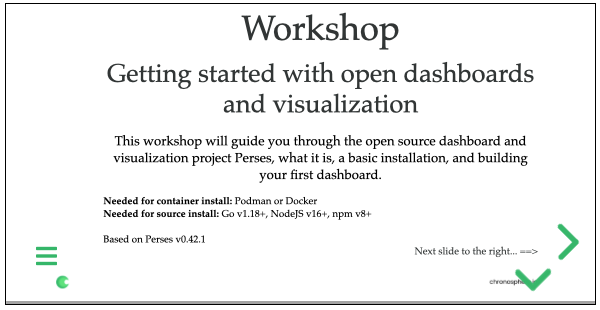
Now let’s get after it and get started increasing our first try right into a extra complicated Perses dashboard. Word this text is just a brief abstract, so please see your complete lab discovered on-line as lab 6 right here to paintings thru growing this complicated dashboard your self:
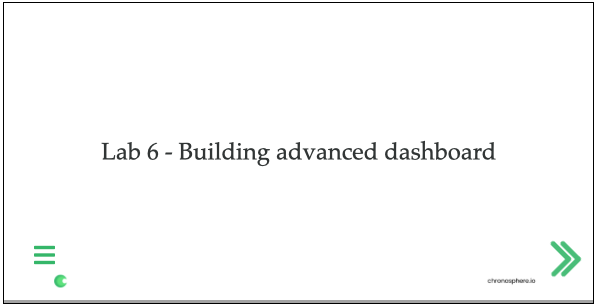
The next is a brief evaluation of what’s on this particular lab of the Perses workshop.
An Complicated Dashboard
This lab will leverage the pre-installed WorkshopProject dashboard known as MyFirstDashboard and construct off of the paintings carried out in earlier labs. When you don’t seem to be in a position to, or inquisitive about, finishing the former labs we provide a shortcut the use of the Perses command line tooling and API to get you began. Both means, you must be beginning this lab with a dashboard taking a look like this:

The primary a part of the complicated dashboard lab is to increase the primary row with two new gauge panels that show the similar data however in a extra visible means. The primary gauge is to trace the entire reminiscence to be had and looks as if this:

Its spouse gauge goes to trace the entire reminiscence utilization on your programs and is created identical to the former one the use of the pop-up UI editors for those panel parts, the place you’ll be able to upload main points, insert a PromQL question, and alter settings corresponding to colour and displayed numerical sorts:
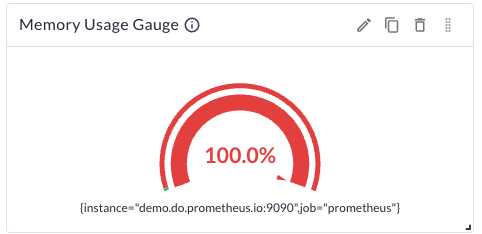
After running thru those two new gauges, including them to the dashboard, and configuring their measurement and structure positions relative to the prevailing panels, your dashboard challenge will appear to be this:
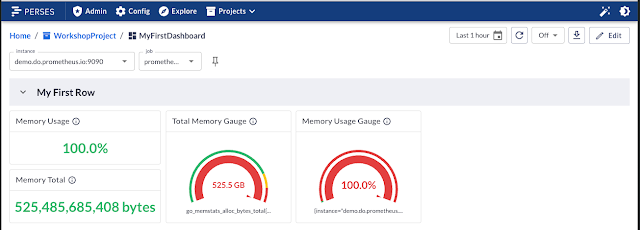
Sooner than shifting on, you’ll be able to rename this row to replicate the guidelines panels, getting this able on your on-call teammates who will probably be the use of this dashboard as a touchdown web page must any signals cross off. You’ll be able to additionally upload a brand new row for some extra complicated queries to be represented as time sequence charts monitoring machine rather a lot at the quite a lot of nodes. The dashboard will finally end up taking a look like this at that time:
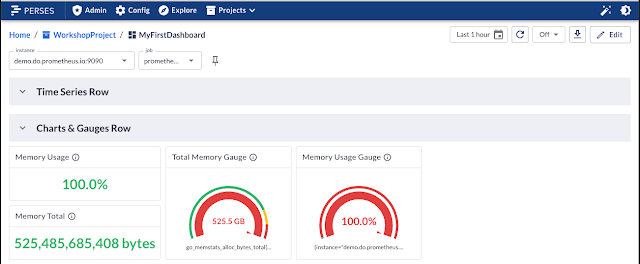
Now the use of the similar reminiscence queries which were concentrated on the Prometheus process, you’re going to create your first time sequence chart laying out the measured reminiscence utilization over the years (time sequence information) with the similar UI that includes the power so as to add main points, more than one queries as you want one in step with line proven, and settings changes as wanted so as to add thresholds. When carried out, it is going to appear to be this:
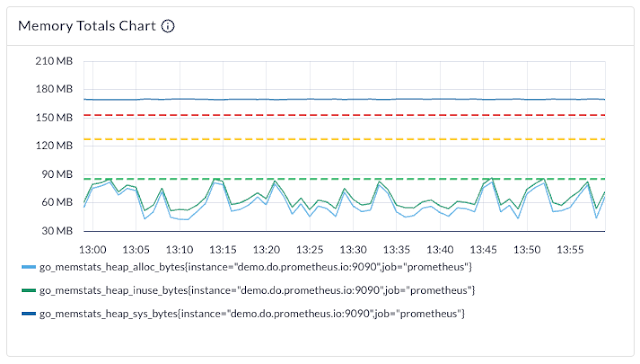
Sooner than you’ll be able to proceed to the closing time sequence chart which will probably be monitoring the burden on each and every of the nodes specified to your machine, you’ll be able to wish to alter the example and process variables the use of the drop-down variable lists you created in previous labs:

Prior to now, you could have been the use of the example the place you discovered the entire information amassed for the Prometheus process; however with the variables now pointing to the node process, you spot that the entire prior to now created panels proceed to paintings (this example comprises the entire similar information, plus extra amassed at the nodes). Now you’ll be able to upload the time sequence chart for monitoring the burden over the years on two of your nodes and bring this:
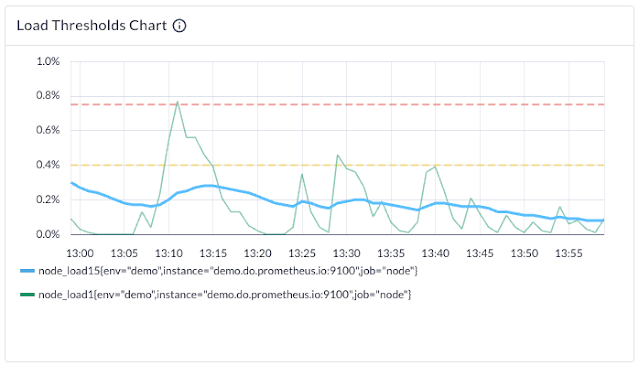
The edge for rather a lot is crucial a part of this when your on-call teammates get known as up: they are going to need to see what the burden has been and when it passes sure top thresholds as a part of their triaging. The general result of your complicated dashboard appear to be this:

There are a couple of different belongings you discover on this lab that don’t seem to be touched on right here, however this lab leaves you nearer to a completely purposeful dashboard on your on-call teammates with Perses.
Extra To Come
Subsequent up, I’m going to proceed running with you during the Perses challenge and increasing at the above-created complicated dashboard via including much more capability to make sure you have a sophisticated++ finish consequence. Keep tuned for extra insights into actual sensible enjoy as my cloud local o11y adventure continues.